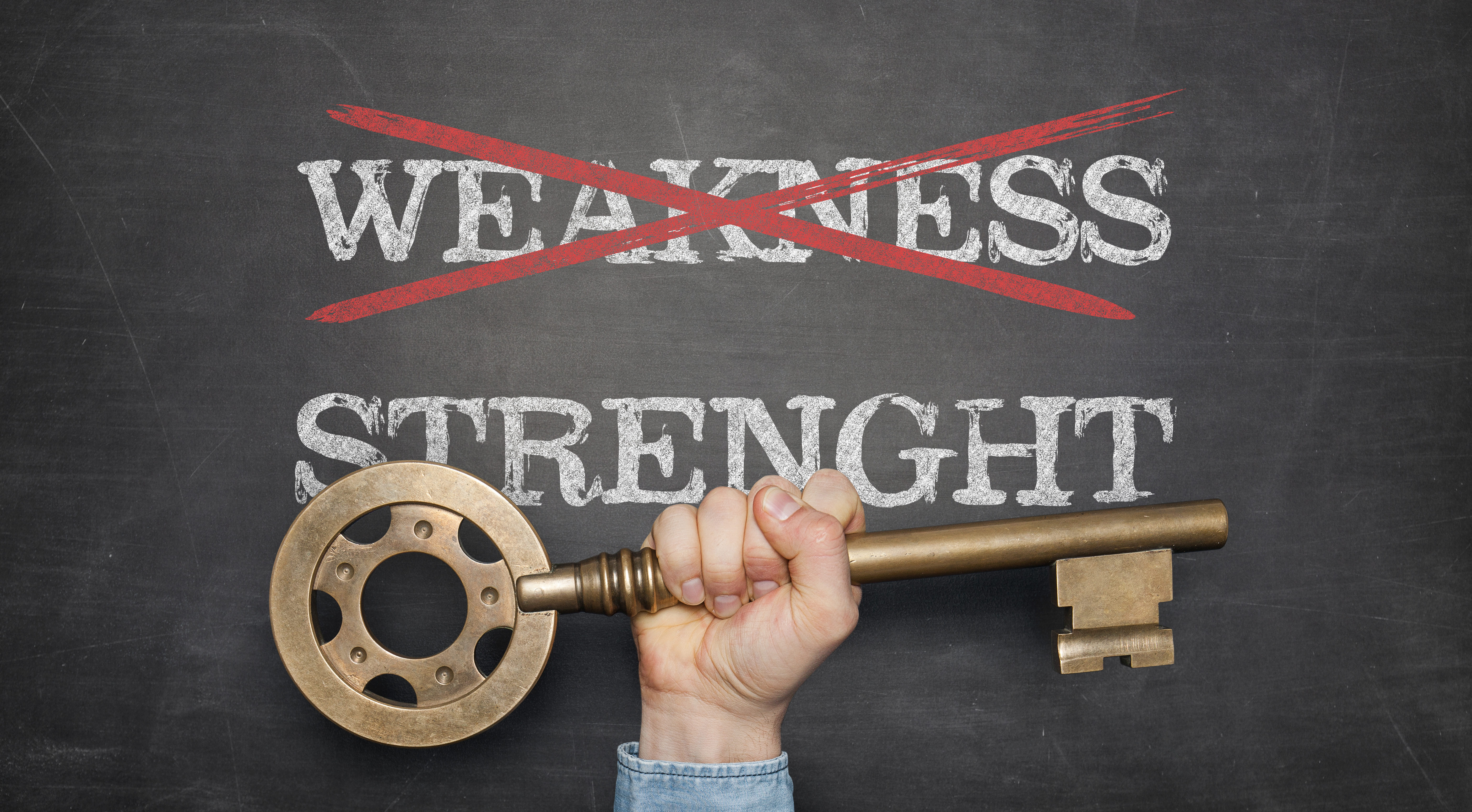Let’s face it. If corporate wellness isn’t as popular as we’d like it to be, part of the blame falls on us.
A gold standard in the wellness industry is to have participants complete an HRA, or a Health Risk Assessment. The goal of an HRA is to assess a person’s health risk factors – whether they come from their family history, lifestyle choices or physiological data.
I’ve never been a big fan of HRAs. Just think about it. How energized and empowered do you feel when you are…
- Asked to reflect on what you do wrong (so you can do less of it)
- Presented with depressing stats showing the spread of chronic diseases and the resulting shortened lifespan
- Told that you have a problem, are part of the problem, or that you are headed towards one
- Asked to make a change that you didn’t initiate
Most people in this situation react negatively. Some may even start running in the opposite direction – and that’s quite understandable. I mean, come on! I’m sure no one ever thought that the process would be exciting.
Let’s declare the days of “fix-it-itis” over! Health promotion programs can and should be fun, uplifting, and energizing. But to make it so, we may need to revisit some of our industry’s best practices. What do you think instead about an approach where participants are…
- Asked to reflect on what they do well (so they can do more of it)
- Presented with facts showing the exciting results other people have successfully achieved
- Invited to participate in a solution that will help them have more energy, more fun, and live longer
- Asked to bring their enthusiasm and enjoy the process
Do you see where I’m going with this?
My friends at HealthyCulture.com have recently built an extensive Personal Wellness StrengthBuilder assessment, which I feel can help reframe the whole conversation and grow our numbers of wellness enthusiasts. I think this tool has a lot of merit based on my background in positive psychology, which shows that building on what’s right is typically more helpful than trying to fix what’s wrong. I also support the tool based on my own coaching experience.
When I was coaching clients, often competent professionals who were climbing the ladder at a good pace, I’d often hear that while they really had it together on the work front, they just couldn’t save any physical energy or mental space to take care of their bodies. “You know your sleep, food, mood and exercise bubbles?”, they’d say, “mine are completely out-of-whack.” I’d often ask them to start a mini journal in which they would write everything that they did right for their health for a few days. Ordered a salad instead of the fries as your side today? Mark it down. Asked for the dressing on the side? You get double points. Walked the dog? Awesome! Took a 10-minute bath to relax at the end of the day? Yep, that counts!
In just a week or two of health journaling, my clients would realize that they were already making some sound health decisions. That feeling alone was often sufficient for them to change their mindset about health. Now doing the healthy thing wasn’t some giant, impossible and burdensome task – it was already a natural part of their lives. They just had to build on what they were already doing well.
Positive psychology really has a lot to offer to wellness programming. If you’d like to learn how to use it in your health promotion efforts, I’m here to help. 😉

